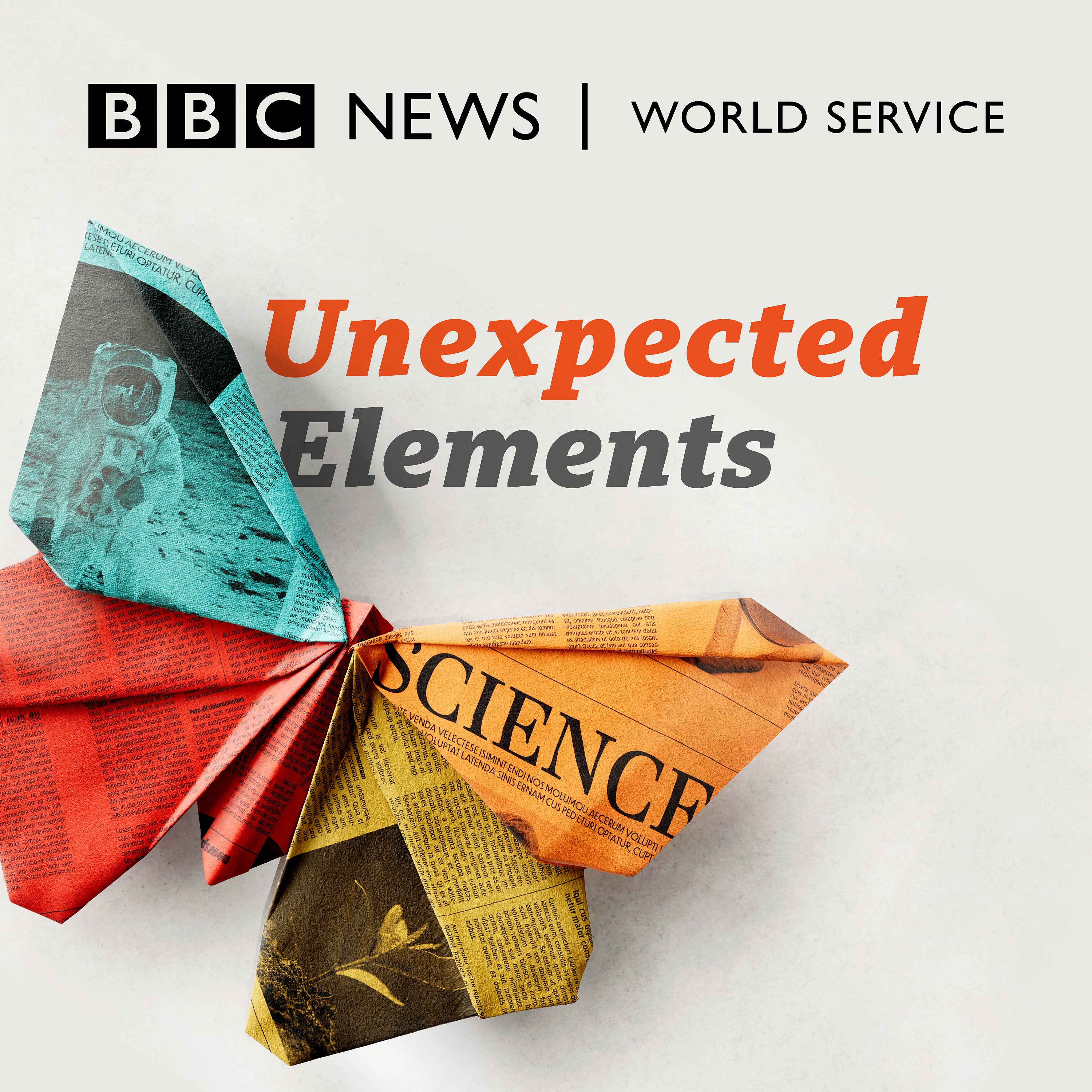New Malaria target

b'
Molecular scale investigations have identified the mechanism which confers resistance to antimalarial drugs. Researchers hope work to turn off this mechanism could mean cheaper well known antimalarials can become effective once again.
We look at the threat to weather forecasting from 5G networks, discuss the origins of much of the technology in our mobile phones and ask what food we\\u2019ll be eating in the future and how the past can inform this.
Science fiction is full of people settling on distant planets. But even the closest stars would take millennia to reach with current speeds of travel, by the time any passengers reached an extra solar planet, they would be long dead.
So CrowdScience listener Balaji asked us to find out whether humans could hibernate for interstellar travel?
To uncover the science fact behind this idea, Anand Jagatia holds a tiny hibernating dormouse at the Wildwood Trust in Kent, and meets Dr Samuel Tisherman who puts his patients into suspended animation for a couple of hours, to save their lives after traumatic injuries that cause cardiac arrest. We ask if Dr Tisherman\\u2019s research could be extended to put healthy individuals to sleep for much longer periods of time?
It\\u2019s a question that neuroscientist, Professor Kelly Drew is studying, in Alaska Fairbanks. She uses Ground Squirrels as a model to understand internal thermostats, and how hibernating mammals manage to reduce their core temperatures to -3 degrees Celsius.
Anand speculates wildly with science fiction authors Adrian Tchaikovsky and Temi Oh whose characters in their books \\u2018Children of Time\\u2019 and \\u2018Do You Dream of Terra Two?\\u2019 traverse enormous distances between habitable planets.
But is human stasis something that would actually be useful? John Bradford is the director of SpaceWorks, this company works with NASA to try to investigate human hibernation for space travel. He\\u2019s trying to make space-based human hibernation a reality, and it seems that may be closer than you\\u2019d think.
Image: Mosquito. Science Photo Library
'